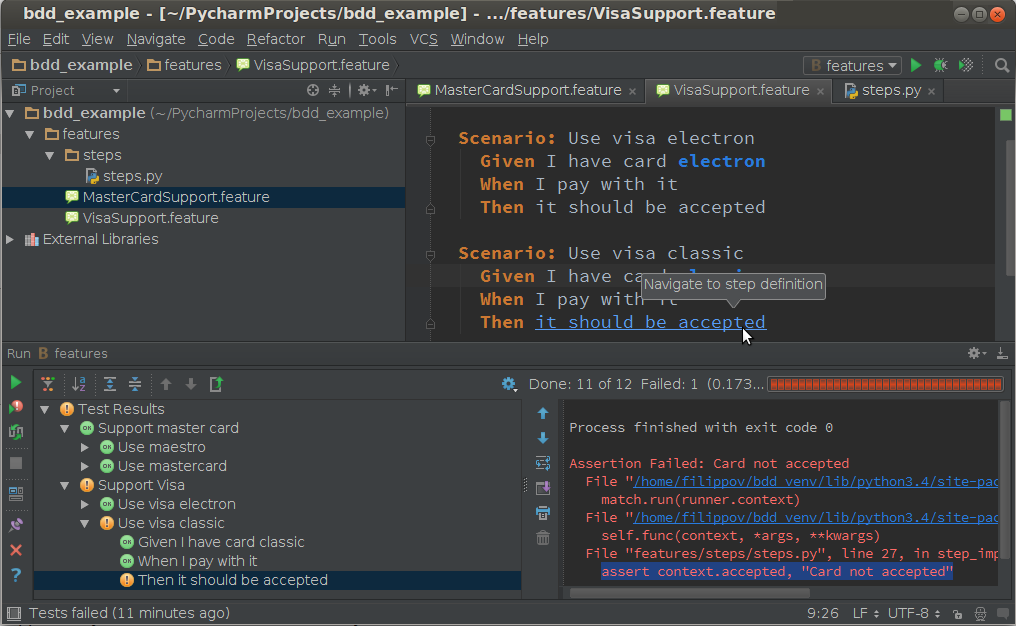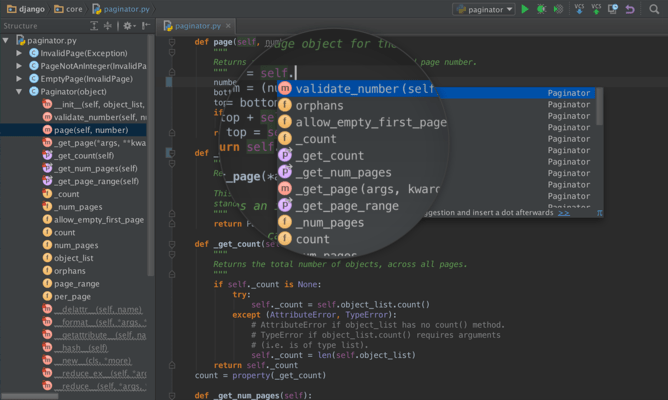
editorconfig files will stop if the root filepath is reached or an EditorConfig file with root=true is found.ĮditorConfig files are read top to bottom and the most recent rules found take precedence. editorconfig in the directory of the opened file and in every parent directory. When opening a file, EditorConfig plugins look for a file named. indent_style = space indent_size = 2Ĭheck the Wiki for some real-world examples of projects using EditorConfig files. end_of_line = lf insert_final_newline = true # Matches multiple files with brace expansion notation # On linux make sure that 'espeak' and 'ffmpeg' are installedĮngine.save_to_file('Hello World', 'test.mp3')ĮnAndWait() Full documentation of the Libraryįeel free to wrap another text-to-speech engine for use with pyttsx3.Root = true # Unix-style newlines with a newline ending every file 1 for femaleĮngine.say('My current speaking rate is ' + str(rate)) o for maleĮtProperty('voice', voices.id) #changing index, changes voices.

#tProperty('voice', voices.id) #changing index, changes voices.

Voices = engine.getProperty('voices') #getting details of current voice Print (volume) #printing current volume levelĮtProperty('volume',1.0) # setting up volume level between 0 and 1 Volume = engine.getProperty('volume') #getting to know current volume level (min=0 and max=1) Print (rate) #printing current voice rateĮtProperty('rate', 125) # setting up new voice rate Rate = engine.getProperty('rate') # getting details of current speaking rate Usage : import pyttsx3Ĭhanging Voice, Rate and Volume : import pyttsx3Įngine = pyttsx3.init() # object creation If you recieve errors such as No module named win32com.client, No module named win32, or No module named win32api, you will need to additionally install pypiwin32. Unlike alternative libraries, it works offline, and is compatible with both Python 2 and 3. Pyttsx3 is a text-to-speech conversion library in Python.


 0 kommentar(er)
0 kommentar(er)
